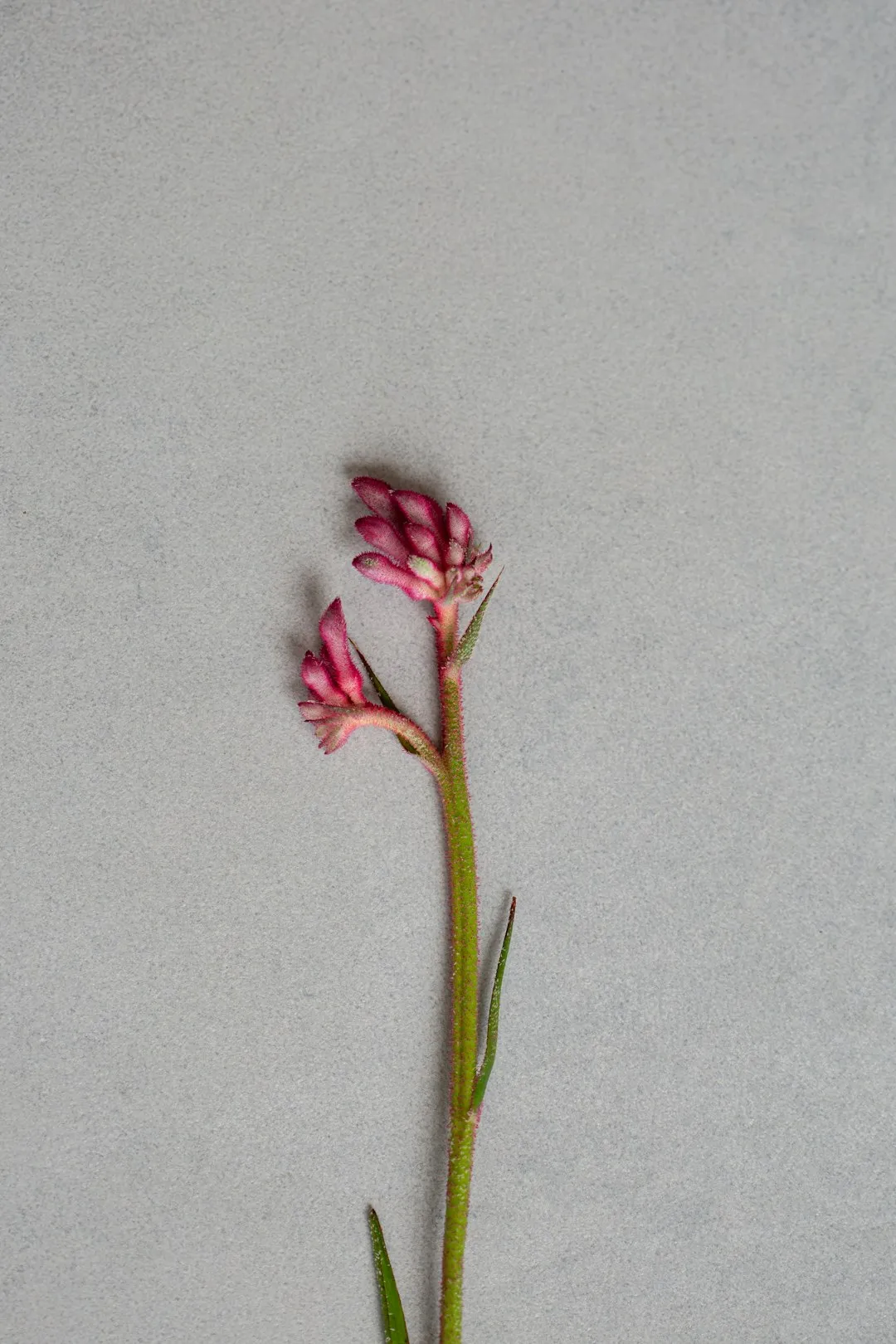The Secret to Thriving Indoor Plants: Pot Selection

Indoor plants in pots have become a staple in modern homes, adding a touch of nature and a splash of color to any living space. They not only enhance the aesthetic appeal of a room but also contribute to better air quality and a more relaxing atmosphere. However, one crucial aspect that is often overlooked when it comes to indoor plants is the choice of the right pot. In this comprehensive guide, we will delve into the importance of selecting the appropriate pot for your indoor plants and provide you with valuable tips to make the best choice.
First and foremost, let's understand why the pot matters so much for indoor plants. The pot serves as the home for your plant, providing it with support, space for root growth, and a medium to hold water and nutrients. A wrong choice of pot can lead to a variety of problems, such as poor drainage, root rot, and stunted growth. Therefore, it is essential to consider several factors when selecting a pot for your indoor plants.
One of the most important factors to consider is the size of the pot. The pot should be large enough to accommodate the plant's root system comfortably. If the pot is too small, the roots will become cramped, which can restrict the plant's growth and lead to a weakened immune system. On the other hand, if the pot is too large, the soil may retain too much moisture, increasing the risk of root rot. As a general rule of thumb, choose a pot that is about 2 - 3 inches wider in diameter than the current root ball of the plant. This will give the roots enough room to grow and expand over time.
Another crucial factor is the material of the pot. There are several types of pot materials available, each with its own advantages and disadvantages. Clay pots, for example, are porous, which allows for better air circulation and drainage. They also help to regulate soil temperature, keeping the roots cool in hot weather. However, clay pots can be heavy and may break easily. Plastic pots, on the other hand, are lightweight, inexpensive, and come in a variety of colors and styles. They are also less likely to break, making them a popular choice for many indoor plant owners. However, plastic pots may not provide as good drainage as clay pots, so it's important to make sure they have adequate drainage holes.
Glazed ceramic pots are another option. They are attractive and come in a wide range of designs, making them a great choice for decorative purposes. However, they are often less porous than clay pots, which can lead to poor drainage if not properly cared for. Metal pots can also be used, but they tend to heat up quickly in direct sunlight, which can be harmful to the plant's roots. Therefore, if you choose a metal pot, it's important to place it in a shaded area or use a pot liner to protect the roots from excessive heat.
Drainage is perhaps the most critical factor when it comes to pot selection. Without proper drainage, water can accumulate in the pot, leading to root rot and other fungal diseases. Make sure the pot you choose has drainage holes at the bottom. If the pot you like doesn't have drainage holes, you can drill them yourself or use a layer of gravel or broken pottery at the bottom of the pot to improve drainage. Additionally, consider using a saucer or tray under the pot to catch excess water and prevent it from spilling onto your floors or furniture.
It's also important to think about the style and design of the pot. The pot should complement the overall decor of your home and the plant itself. For example, a modern, minimalist plant may look great in a simple, sleek pot, while a more traditional plant may pair well with a decorative, ornate pot. You can also choose a pot that matches the color scheme of the room to create a cohesive look.
When it comes to repotting your indoor plants, timing is key. Most indoor plants need to be repotted every 1 - 2 years, depending on their growth rate. Signs that your plant needs to be repotted include roots growing out of the drainage holes, the plant becoming top - heavy, or the soil drying out quickly between waterings. When repotting, gently remove the plant from its old pot, loosen the roots, and place it in the new pot with fresh potting soil. Make sure to water the plant thoroughly after repotting to help it settle in.
In conclusion, choosing the right pot for your indoor plants is a crucial step in ensuring their health and vitality. By considering factors such as size, material, drainage, style, and repotting needs, you can make an informed decision and provide your plants with the best possible home. With the right pot, your indoor plants will thrive, adding beauty and freshness to your living space for years to come.